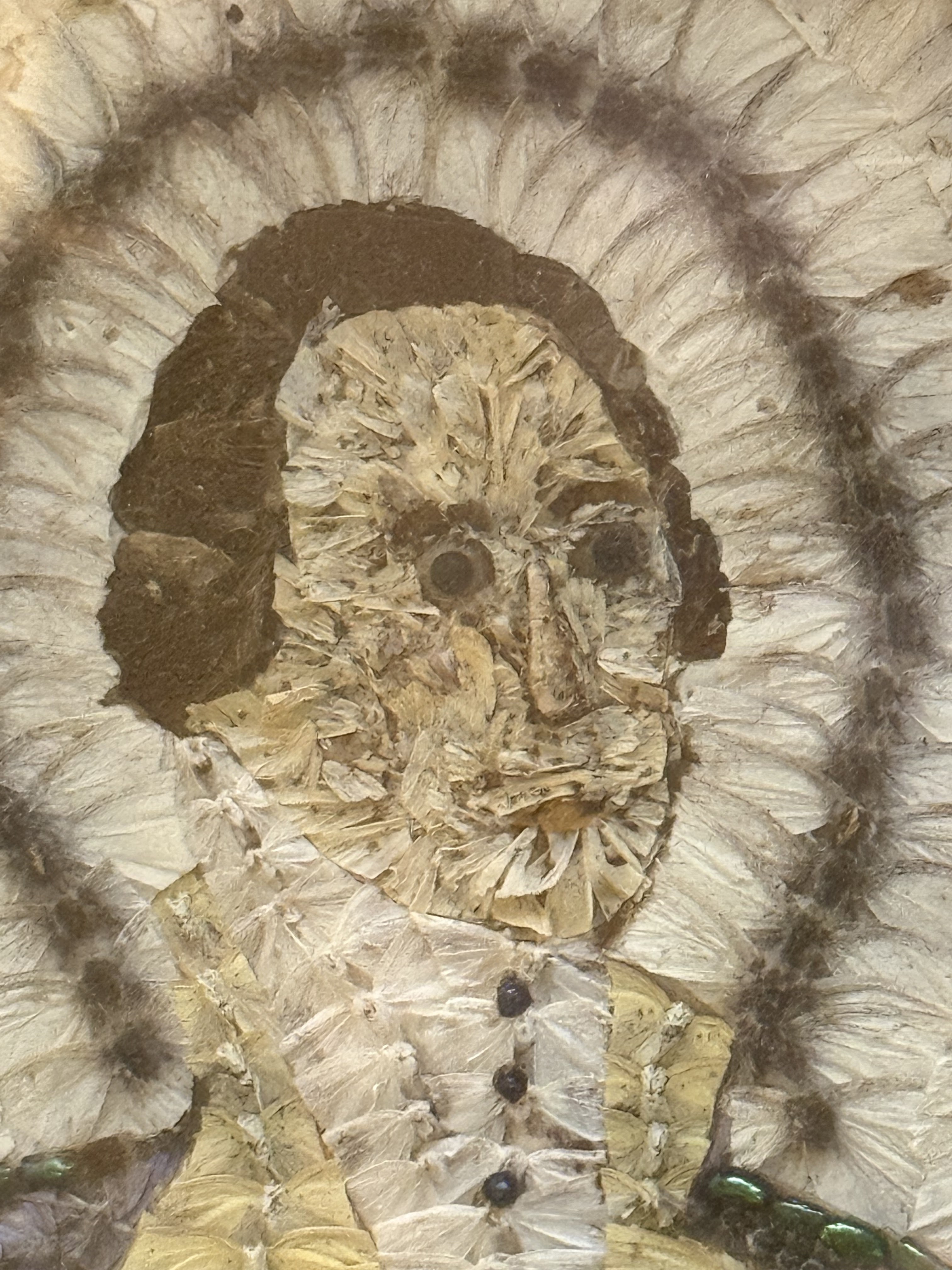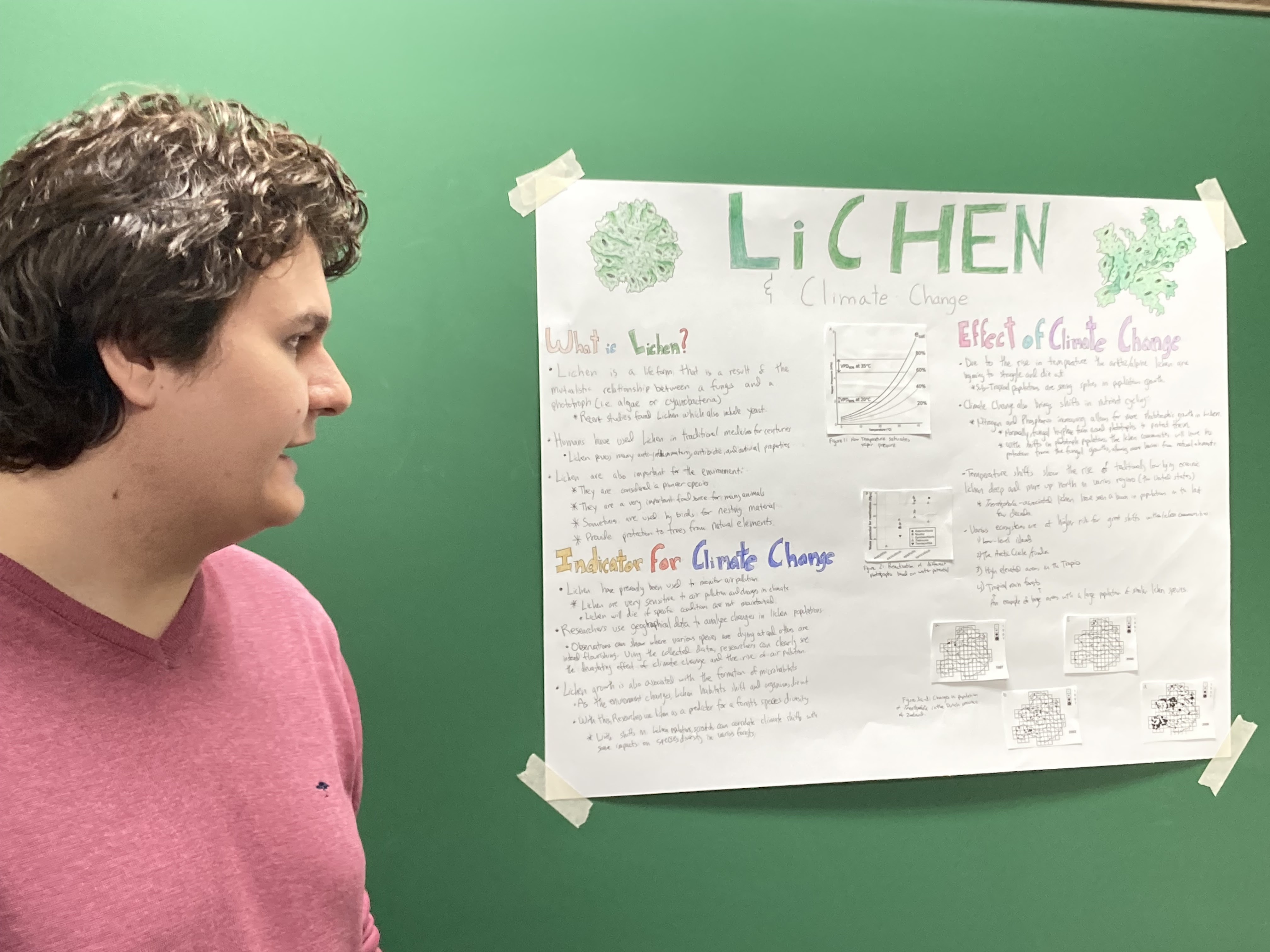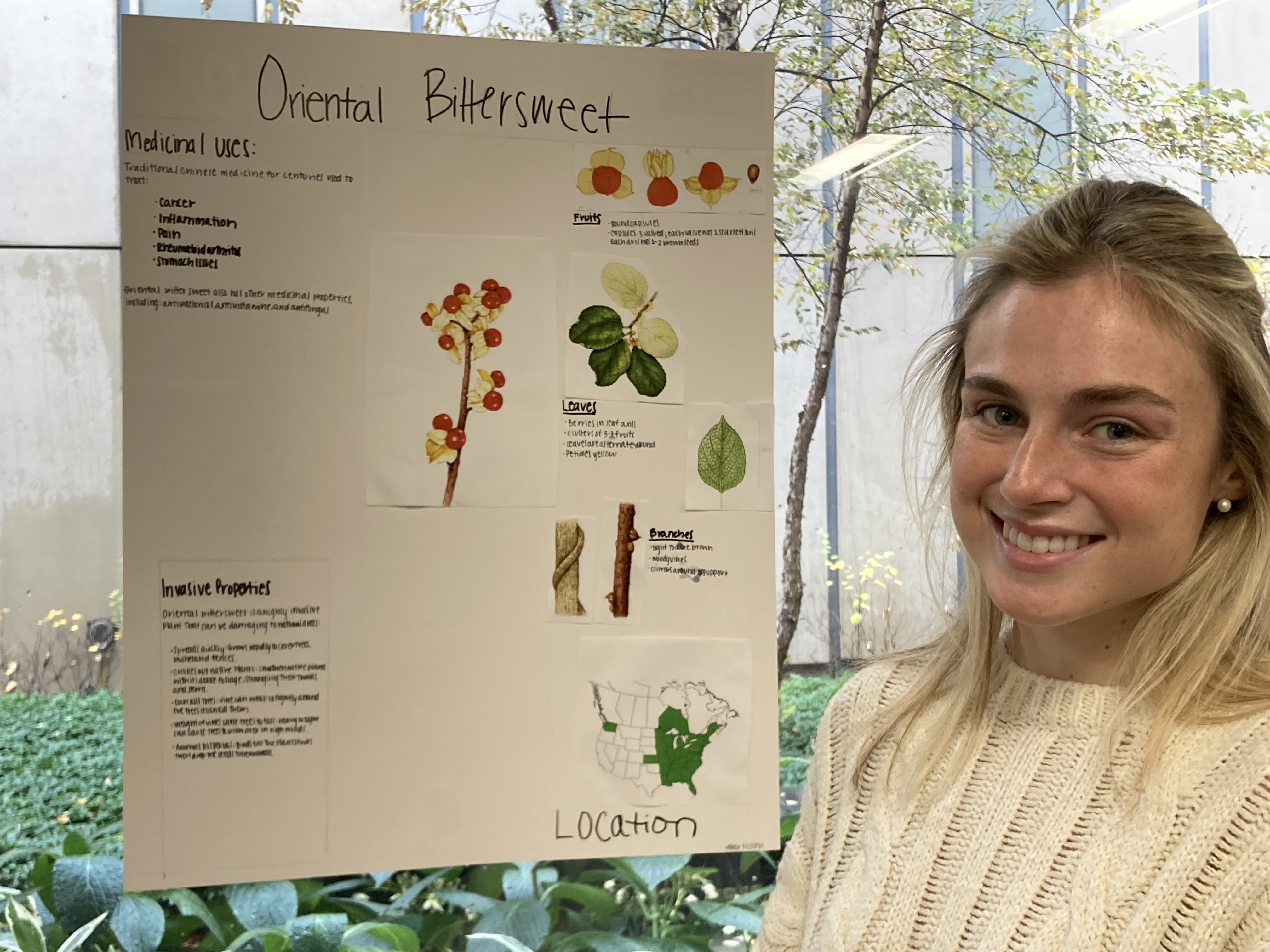By Richard B. Primack and Amanda Gallinat
“What is it to be admitted to a museum, to see a myriad of particular things, compared with being shown some star's surface, some hard matter in its home!” -Henry David Thoreau in The Maine Woods.
Together, we recently visited the Fairbanks Museum in St. Johnsbury, Vermont to begin a collaboration with its museum staff. Our goal is to analyze how flowering times are responding to the warming climate.
The museum has many excellent natural history displays, exhibited in a large barrel-vaulted hall.
 |
| Photo 1: Bears are a highlight of the museum. |
For over 120 years, volunteers have been collecting the first plants to flower in the local area and displaying them on a table in the museum, called the Wildflower Table.
When flowering plants are brought into the museum, they are identified, labeled, placed into vases of water, and then displayed.
 |
| Photo 2: The Wildflower Table in late spring being tended by Joanne. |
As part of the process, museum staff and volunteers have recorded plant species and their first flowering dates in ledger books. This project combines the excitement of fieldwork in the wild, with the discipline and long-term perspective of a museum.
 |
Photo 3: Staff members Allison Gulka-Millard and Beau Harris examine a ledger book in the museum archives. |
Flowering dates were first recorded in 1903, and have continued to the present. We were excited to learn that volunteers have also recorded bird arrival dates in the past.
 |
Photo 4: A close-up of a flowering ledger. |
The museum has also been recording daily weather records continuously for over 125 years, making it the second oldest weather station in the U.S. This is a great resource for phenological research.
 |
| Photo 5: The weather station with the museum in the background. |
We will be working with museum staff members to analyze the phenology data and contribute to a museum exhibit highlighting how flowering times in St. Johnsbury have been impacted by climate change.
 |
| Photo 6: Some of the team -- Adam Kane, Richard, Amanda, Allison Gulka-Millard, Anna Rubin, and Mark Breen. |



















%20and%20Aloe%20vera.jpeg)





